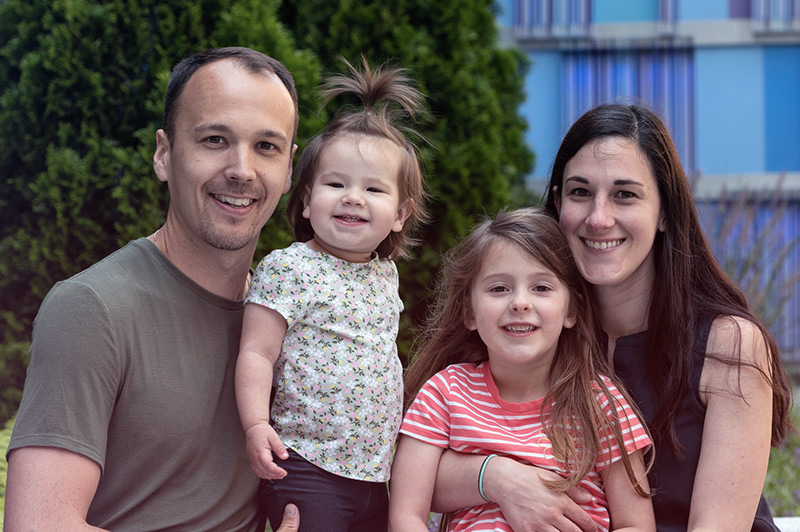The clinicians in the Midaortic Syndrome and Renovascular Hypertension Center are leaders in the development of new treatments for these conditions. For instance, Boston Children’s is the birthplace of two groundbreaking treatment approaches. The first, called Mesenteric Artery Growth Improves Circulation (MAGIC), is a type of surgery that bypasses the aorta using the mesenteric arteries (the arteries that supply blood to the intestines) rather than prosthetic graft material.
Another innovation, known as Tissue Expander Stimulated Lengthening of the Arteries, or TESLA, is a pioneering procedure that involves the placement of a tissue-expanding device behind the child’s aorta to stretch it gradually over time. Although TESLA is still a very new approach, it can help some children with midaortic syndrome, renovascular hypertension, or both avoid multiple surgeries as they grow up.
Our physicians have also refined the use of certain endovascular techniques for the treatment of midaortic syndrome. These minimally invasive procedures, such as angioplasty and stenting, can help open narrowed arteries and offer faster recovery times. Along with skilled medical management, such approaches may be used instead of surgery in some patients, or prior to surgery in order to help the child be in a better state of health.




